The people of rural Missouri are some of the most welcoming, thoughtful, and brave folks that I have ever met. Even when their gut told them that a reporter from The New Yorker was probably going to do a hit piece, they warmly welcomed him and cooperated anyway. They didn't deserve this.
Here's the filter through which the reporter viewed his entire Midwestern experience:
In a notice of intent to prepare an environmental-impact statement for the Grain Belt Express, the Energy Department notes that the project could create “local safety risks associated with electromagnetic fields, power surges, risk of increased lightning strikes, and line-induced fires.”
Of course, the risks associated with climate change are much more serious.
What do you mean, "of course"? That's the reporter's bias. The two main characters he visited for this story obviously did not agree. It's all about perspective... safety risks from GBE are guaranteed and immediate for the people who will have to live and work around it for the rest of their lives. Climate change is a political theory espoused by people like the reporter, who don't have to live and work around a dangerous invader every day. GBE won't be outside his kitchen window every morning, and he won't have to drive huge farm machinery around giant impediments on his land numerous times every year. GBE will not be personally affecting him so he is content to belittle its impacts on others in favor of his own armchair scientist theories. The risk to Missouri farmers is REAL. The risk to the reporter is a watered down possibility. Get off your high horse, buddy, assuming you've ever even been on a horse, of course.
The article drones on about how wind and solar energy has not been successfully deployed, and that it will require enormous sacrifice to ever work as a dependable source of electricity. Instead of contemplating, perhaps, whether wind and solar is not a realistic future energy source because it isn't progressing, the reporter doubles down on a bad idea by believing transmission lines like Grain Belt Express can be the turning point to success. It can't. Wind and solar are not the answer for our energy future. It's too expensive, too invasive, and unreliable. It's actually making our entire electric system incredibly fragile. We need to abandon this bad idea in favor of new technology that can produce the energy we need where we need it when we need it. I haven't heard any talk that we need enormous amounts of new transmission for new-age nuclear generators. Wind and solar is an experiment that didn't work, but it made a lot of investors very rich and they don't want to let go of their golden goose, even if it is for the betterment of society.
The reporter's portrayal of Loren Sprouse and Marilyn O'Bannon as "holdouts" against a "better grid" is unfair. Both Loren and Marilyn have selflessly devoted themselves to careful and deliberate examination of the issue and spent their personal time and money standing up for the rights of farmers. They did the right thing.
The reporter fails to mention that Loren is a knowledgeable electrical engineer and preferred to portray him as an uneducated rural farmer. When Loren worries about GBE's interference with GPS, he's basing it on REAL studies and, more importantly, real experience using GPS systems to farm. As if Loren's educated concerns can be alleviated altogether because the reporter managed to find a Canadian study that said there was no problem. Neither the reporter or the Canadian study author will be in the cab with Loren when his GPS system is scrambled or temporarily disabled.
When Loren says that GBE could have been designed better, he's expressing an educated opinion. Numerous other HVDC transmission lines have been proposed and built underground on existing road/rail rights-of-way. Choosing to reject that and instead swallow a great, big mouthful of Invenergy's excuses for not burying its line demonstrates the reporter's bias and ignorance. Grain Belt Express was planned more than a decade ago based on a bad idea for cheap, overhead lines across private property. GBE has poured millions of dollars down the drain trying to force its cheap, overhead project on private landowners over the last 15 years. At any time it could have stopped and investigated whether there was a better way to do things. But it did not. Perhaps if GBE had stopped throwing good money after bad 10 years ago, it could have used all the money it wasted on lawyers, lawsuits, environmental studies, experts, land acquisition, and buying advocacy to bury its line on existing rights-of-way instead. Perhaps if it had, GBE would be built and in operation right now.
Instead, it's barely limping along a road so lengthy it cannot see the end. GBE doesn't have county assents in Missouri, its Illinois permit is being appealed, it has not announced enough customers to pay for the line (and in fact doesn't even have permission to negotiate with customers), it has not secured its financing, it doesn't have all the land it needs, its interconnection has been delayed 3 years, and it's now facing competition from new transmission planned to be built by regional grid operator MISO.
Marilyn O'Bannon is one of the nicest, most thoughtful ladies I've ever met. But she's not a pushover. This brave lady didn't just complain when GBE showed up in Missouri, she stood up and fought for everyone. She was instrumental in forming a landowner group, fully participating at every opportunity, and she pushed herself to leave no stone unturned in her quest for justice. She went on to become a popular county commissioner, taking on a leadership role when people needed her most.
It doesn't matter what she was wearing, or what she was driving, or what various characters in the story ate for that matter. The part about the Escalade was touching... but he forgot to mention that Marilyn intended to take him around the farm in a pick up, the vehicle of choice for just such an adventure. However, when they got outside, they found all the pick ups were in use around the farm doing actual farm work. She could have sent him packing, or cancelled the tour. But instead, she took her 6-year old Escalade, used to go to town, not putter around the farm. And for that, she gets slyly attacked, like she has no right to own or drive such a car while opposing GBE's invasion of her farm. What is she allowed to drive to become a sympathetic character in this story? A totally inappropriate (and much more expensive) electric coupe? The reporter, who may or many not even own a car of his own, had no idea why a farmer may have more than one vehicle, each for a different purpose.
I found the focus on Marilyn's outfit downright creepy. Five-pointed stars on her shirt? What does that even mean? Who cares? The trucker's hat on the counter... was he sad it wasn't on her head to complete his irrational attack on her character? I'd bet that reporter would covet just such a cap if a filthy rich corporation came to take his land, or his family's land, for its own profit. Nobody knows what eminent domain feels like until it happens to them. It's a devastating punch to the gut, not a slogan used to make ad hominem attacks on people unlucky enough to experience it.
The quotes attributed to Marilyn regarding climate change are manufactured, she claims. Marilyn shared that she was recently contacted by a New Yorker "fact checker" to make sure the quotes in the story were correct. Although she said they were not, it didn't matter. They stayed in the story. That's all we need to know to dismiss this article as a pre-planned hit piece.
At the end of the day though, nobody in rural Missouri reads The New Yorker. It doesn't matter to them or their battle how they are perceived by eastern city dwellers. What does matter is that Marilyn, Loren, and others graciously hosted a stranger and told their story honestly. That the reporter couldn't accept it because it didn't fit with his pre-determined agenda is all on him. Do unto others as you would have them do unto you. It's a good way to live.
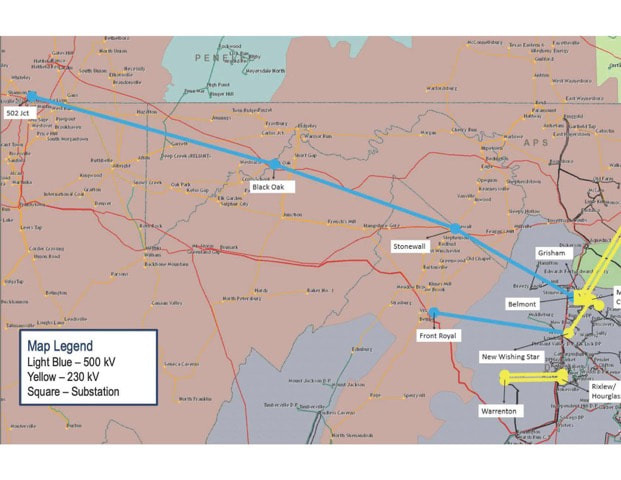
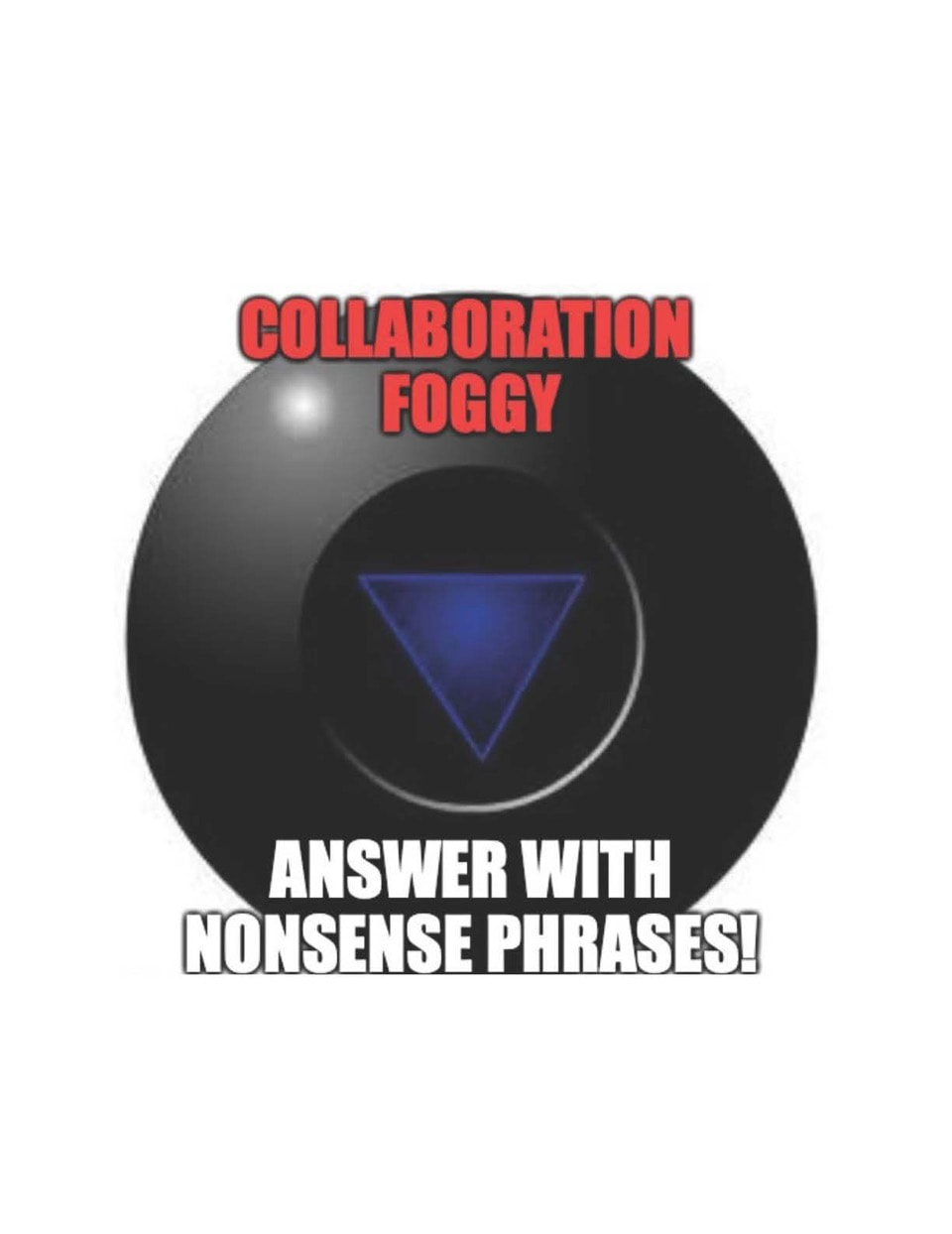
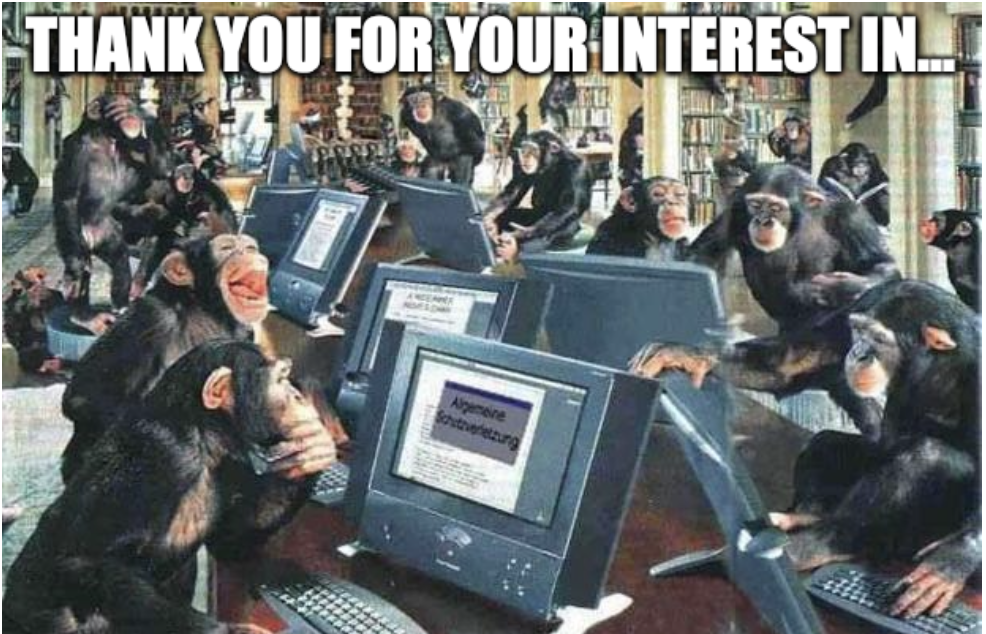

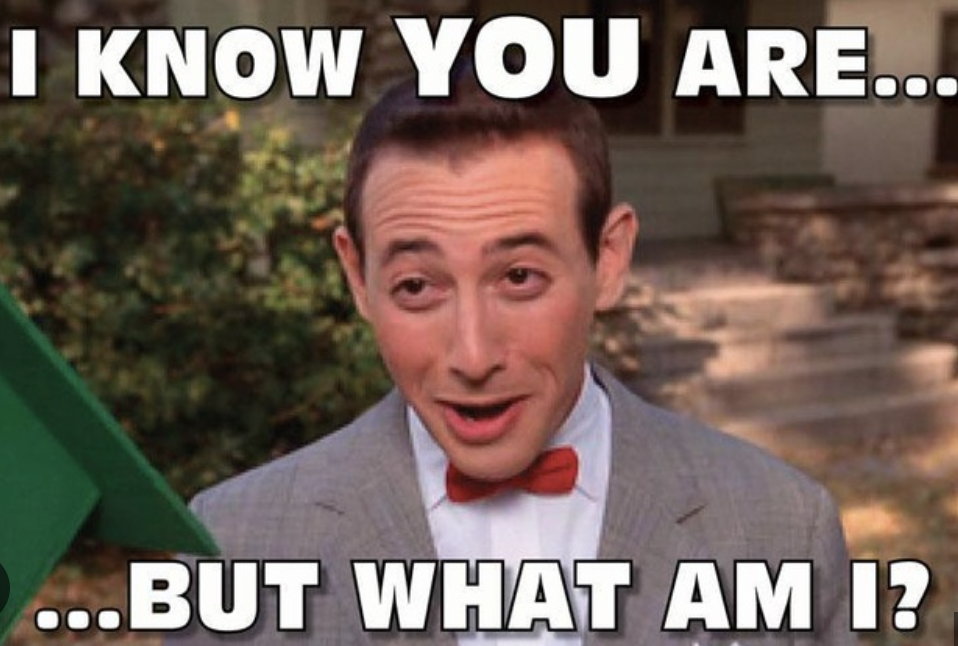
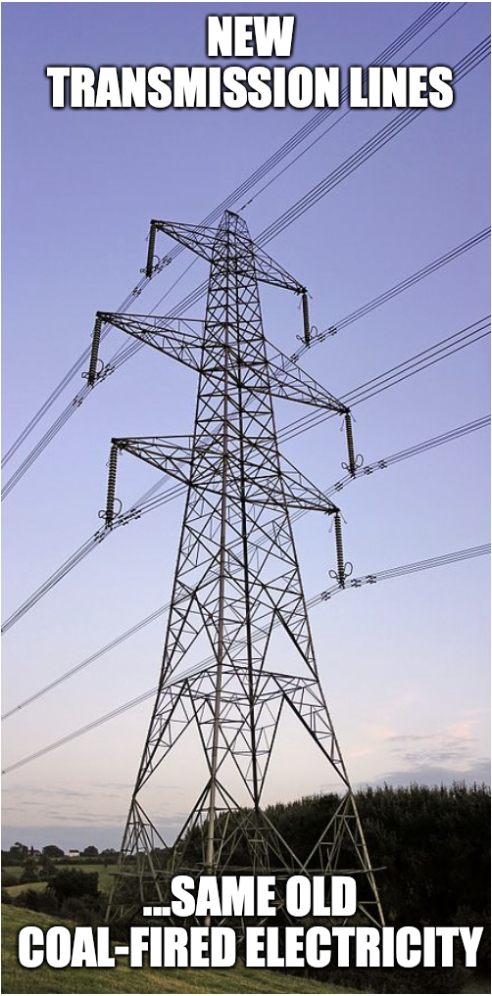

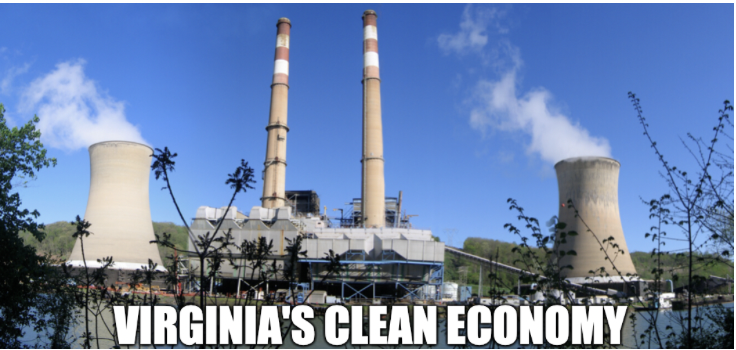
 RSS Feed
RSS Feed